Use Cat Weight Chart To Check Out If Your Cat Is Overweight Or Just The Right Weight

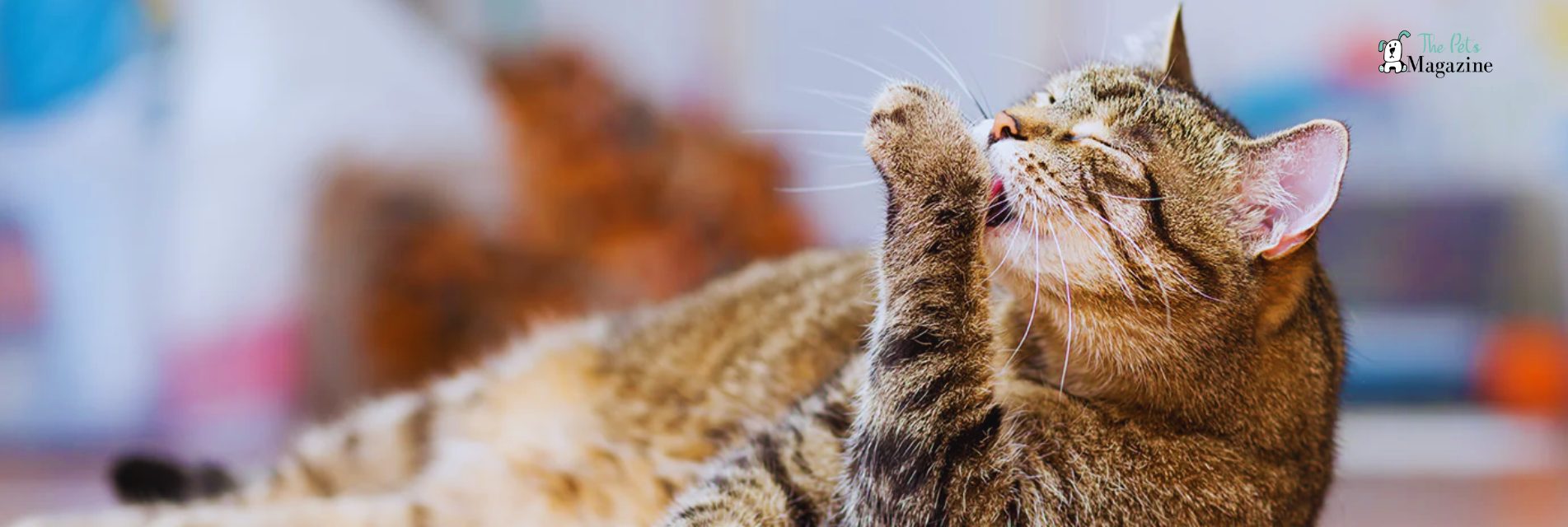
A cat weight chart is a visual representation of the ideal weight range for cats based on their breed, age, and size. It provides a general guideline for determining whether your cat is underweight, overweight, or at their ideal weight. The chart typically consists of different weight ranges and corresponding body condition scores, which help assess your cat’s overall health and body composition.
Cat weight charts are usually categorized based on the breed, age group, and whether the cat is an indoor or outdoor cat. Each category has its own set of weight ranges, which allows cat owners to determine where their cat falls within the spectrum. By using a cat weight chart, you can easily track your cat’s weight and identify any potential issues early on.
How To Use A Cat Weight Chart
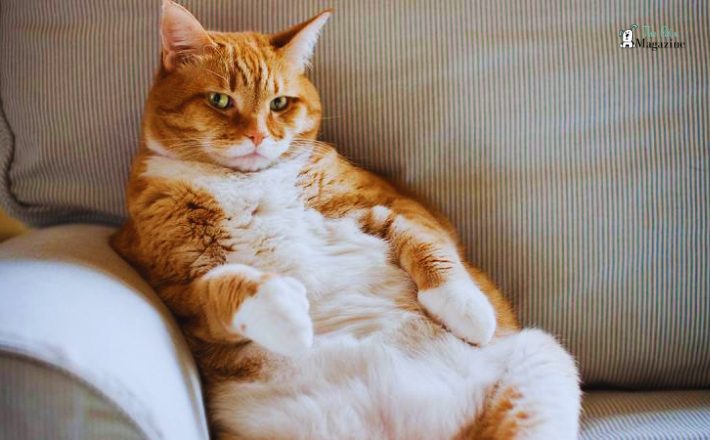
Follow the step below to know how to use a cat weight chart:
Using a cat weight chart is relatively simple and can be a valuable tool in monitoring your cat’s weight. To use the chart effectively, follow these steps:
- Determine your cat’s breed, age, and whether they are an indoor or outdoor cat.
- Locate the corresponding section on the cat weight chart based on these factors.
- Identify the weight range that corresponds to your cat’s current weight.
- Assess your cat’s body condition score by comparing their appearance to the descriptions provided on the chart.
- Make adjustments to their diet and lifestyle if necessary, based on the weight range and body condition score.
- By regularly referring to the cat weight chart and following these steps, you can keep track of your cat’s weight and ensure they stay within the healthy range.
Factors To Consider When Determining Your Cat’s Ideal Weight
When determining your cat’s ideal weight, there are several factors to consider. These factors can vary depending on the cat’s breed, age, and lifestyle. Here are some key factors to keep in mind:
Breed: Different cat breeds have different body types and weight ranges. It’s important to consider your cat’s breed when determining their ideal weight. For example, a Maine Coon cat will naturally weigh more than a Siamese cat.
Age: Cats go through different life stages, and their ideal weight can vary accordingly. Kittens require more calories and nutrients for growth, while senior cats may need fewer calories to prevent weight gain.
Lifestyle: Whether your cat is an indoor or outdoor cat can also impact their ideal weight. Indoor cats tend to be less active and may require fewer calories to maintain a healthy weight. On the other hand, outdoor cats may have a higher energy expenditure and may need more calories.
By taking these factors into account, you can determine a more accurate ideal weight range for your cat and ensure they are on the right track to optimal health.
Common Weight-related Health Issues In Cats
Maintaining your cat’s ideal weight is crucial for preventing weight-related health issues. Here are some common health problems that can arise from improper weight management:
Obesity: Just like humans, cats can become obese if they consume more calories than they burn. Obesity can lead to a range of health problems, including diabetes, heart disease, and arthritis.
Diabetes: Overweight cats are at a higher risk of developing diabetes. Excess weight can cause insulin resistance, making it difficult for the body to regulate blood sugar levels.
Joint problems: Carrying excess weight can put strain on a cat’s joints, leading to arthritis and other joint-related issues. This can result in pain, reduced mobility, and a lower quality of life for your cat.
Urinary tract problems: Cats that are overweight or obese are more prone to urinary tract problems, such as bladder stones or urinary tract infections. These conditions can be painful and require medical intervention.
By maintaining your cat’s ideal weight, you can significantly reduce the risk of these weight-related health issues and ensure a healthier and happier life for your feline companion.
Tips For Maintaining Your Cat’s Ideal Weight
Now that you understand the importance of maintaining your cat’s ideal weight, here are some tips to help you achieve and maintain it:
Portion control: Ensure you are feeding your cat the appropriate amount of food for their age, breed, and activity level. Use a measuring cup to accurately portion out their meals and avoid overfeeding.
Balanced diet: Feed your cat a high-quality, balanced diet that meets their nutritional needs. Avoid feeding them excessive treats or human food, as these can contribute to weight gain.
Regular exercise: Engage your cat in regular play sessions and provide them with toys that encourage physical activity. This will help them burn calories and maintain a healthy weight.
Monitor treats: Treats should be given in moderation and accounted for in your cat’s daily calorie intake. Opt for healthy, low-calorie treats and avoid overindulging.
Regular veterinary check-ups: Schedule regular check-ups with your veterinarian to monitor your cat’s weight and overall health. They can provide guidance on maintaining their ideal weight and address any concerns you may have.
By implementing these tips into your cat’s routine, you can help them achieve and maintain their ideal weight, leading to a healthier and happier life.
Cat Weight Chart For Different Breeds
Different cat breeds have different body types and weight ranges. Here is a cat weight chart for some popular cat breeds:
Maine Coon:
Male: 13-18 pounds
Female: 8-12 pounds
Siamese:
Male: 8-12 pounds
Female: 6-10 pounds
Persian:
Male: 9-14 pounds
Female: 7-11 pounds
Bengal:
Male: 10-15 pounds
Female: 8-12 pounds
Please note that these weight ranges are general guidelines, and individual cats may vary.
Cat Weight Chart For Different Age Groups
Cats go through different life stages, and their ideal weight can vary accordingly. Here is a cat weight chart for different age groups:
Kitten (0-6 Months):
Male: 2-4 pounds
Female: 2-4 pounds
Adult (7 Months-6 Years):
Male: 8-12 pounds
Female: 6-10 pounds
Senior (7 years and older):
Male: 8-12 pounds
Female: 6-10 pounds
Again, these weight ranges are general guidelines and may vary depending on the individual cat.
Cat Weight Chart For Indoor And Outdoor Cats
Whether your cat is an indoor or outdoor cat can also impact their ideal weight. Here is a cat weight chart for indoor and outdoor cats:
Indoor Cat:
Male: 8-12 pounds
Female: 6-10 pounds
Outdoor Cat:
Male: 10-14 pounds
Female: 8-12 pounds
Indoor cats tend to be less active and may require fewer calories to maintain a healthy weight, while outdoor cats may have a higher energy expenditure and may need more calories.
The Importance Of Monitoring Your Cat’s Weight And Utilizing A Cat Weight Chart
Monitoring your cat’s weight and utilizing a cat weight chart is essential for their overall health and well-being. By understanding your cat’s ideal weight and taking steps to maintain it, you can help prevent weight-related health issues and ensure a long and happy life for your feline companion.
Remember to refer to a cat weight chart regularly that is appropriate for your cat’s breed, age, and lifestyle. By following the guidelines provided, you can make informed decisions about their diet and lifestyle, ensuring they stay within the healthy weight range.
Take the necessary steps to maintain your cat’s ideal weight, including portion control, a balanced diet, regular exercise, and monitoring treats. Additionally, schedule regular veterinary check-ups to monitor their weight and address any concerns.
By prioritizing your cat’s weight and utilizing a cat weight chart, you are setting them up for a healthier and happier life. Keep your cat’s weight in check, and enjoy many joyful and playful years together.






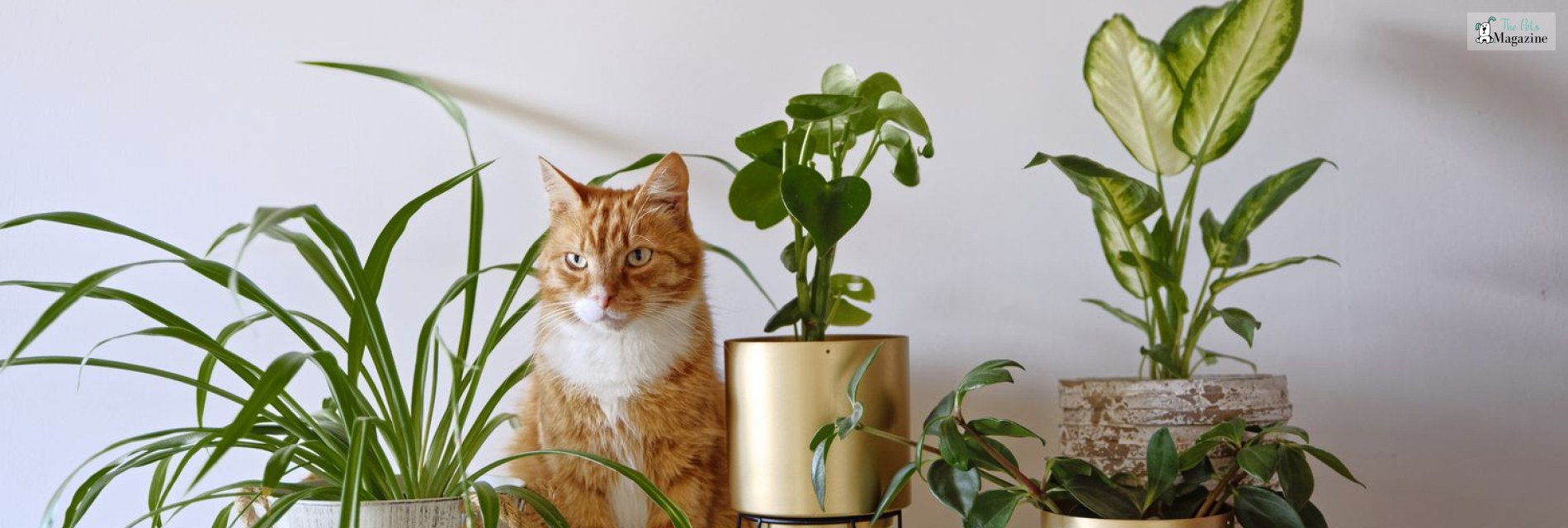
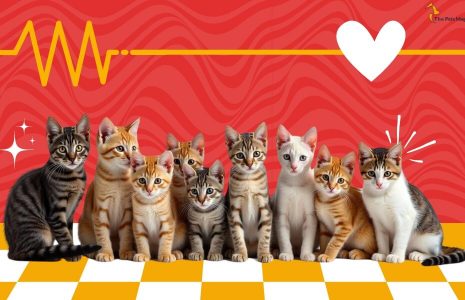
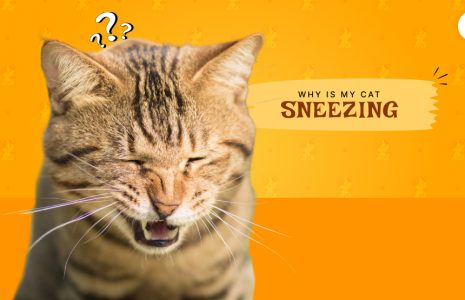
Leave A Comment